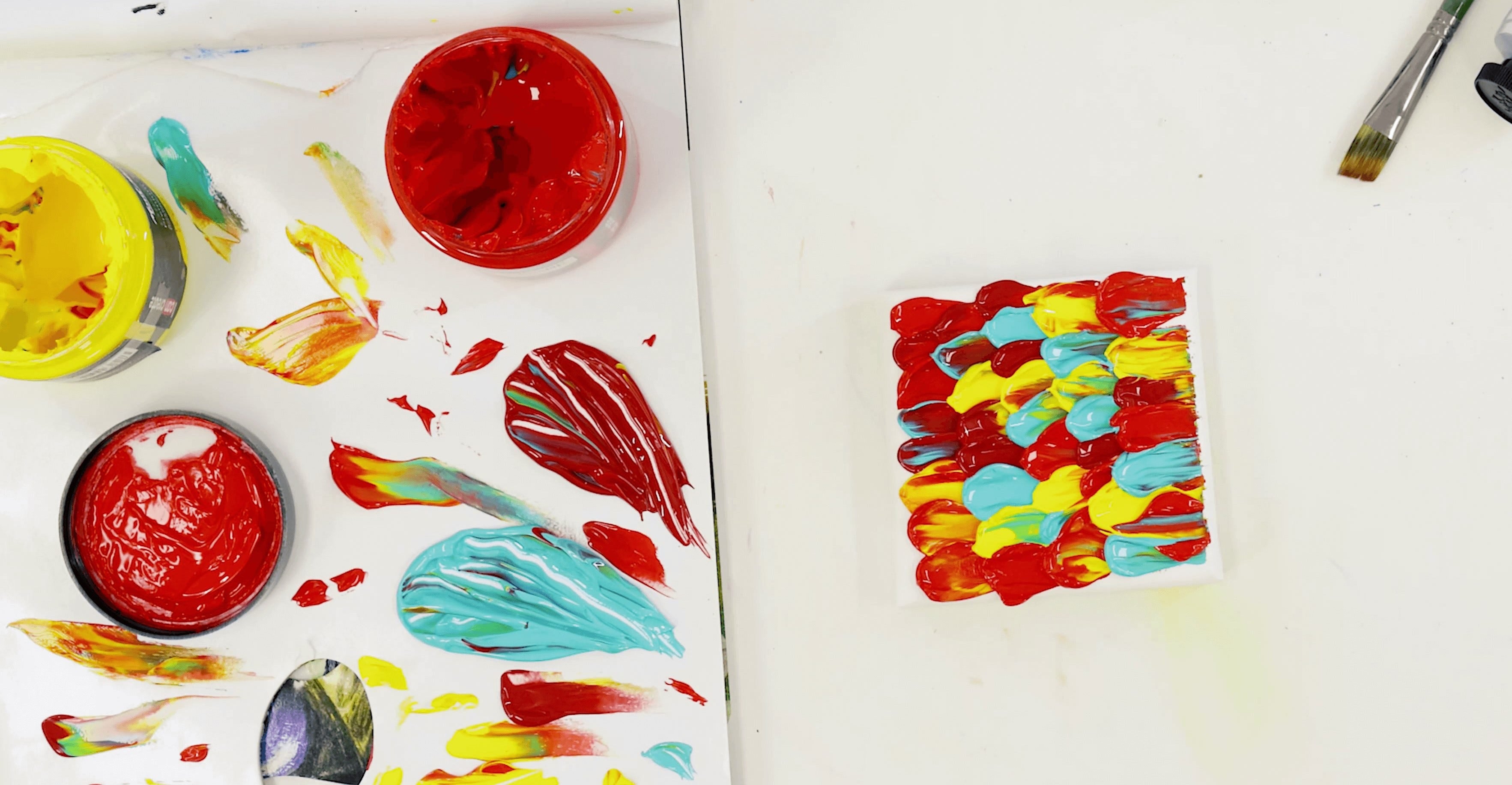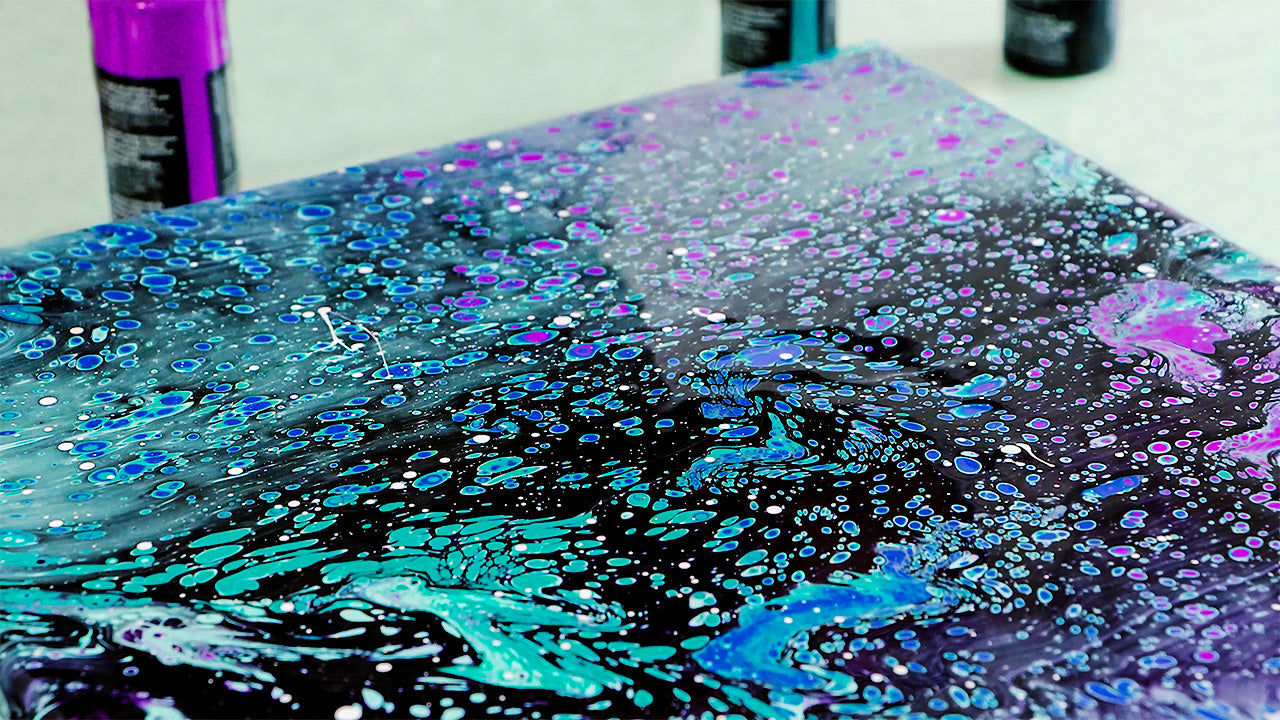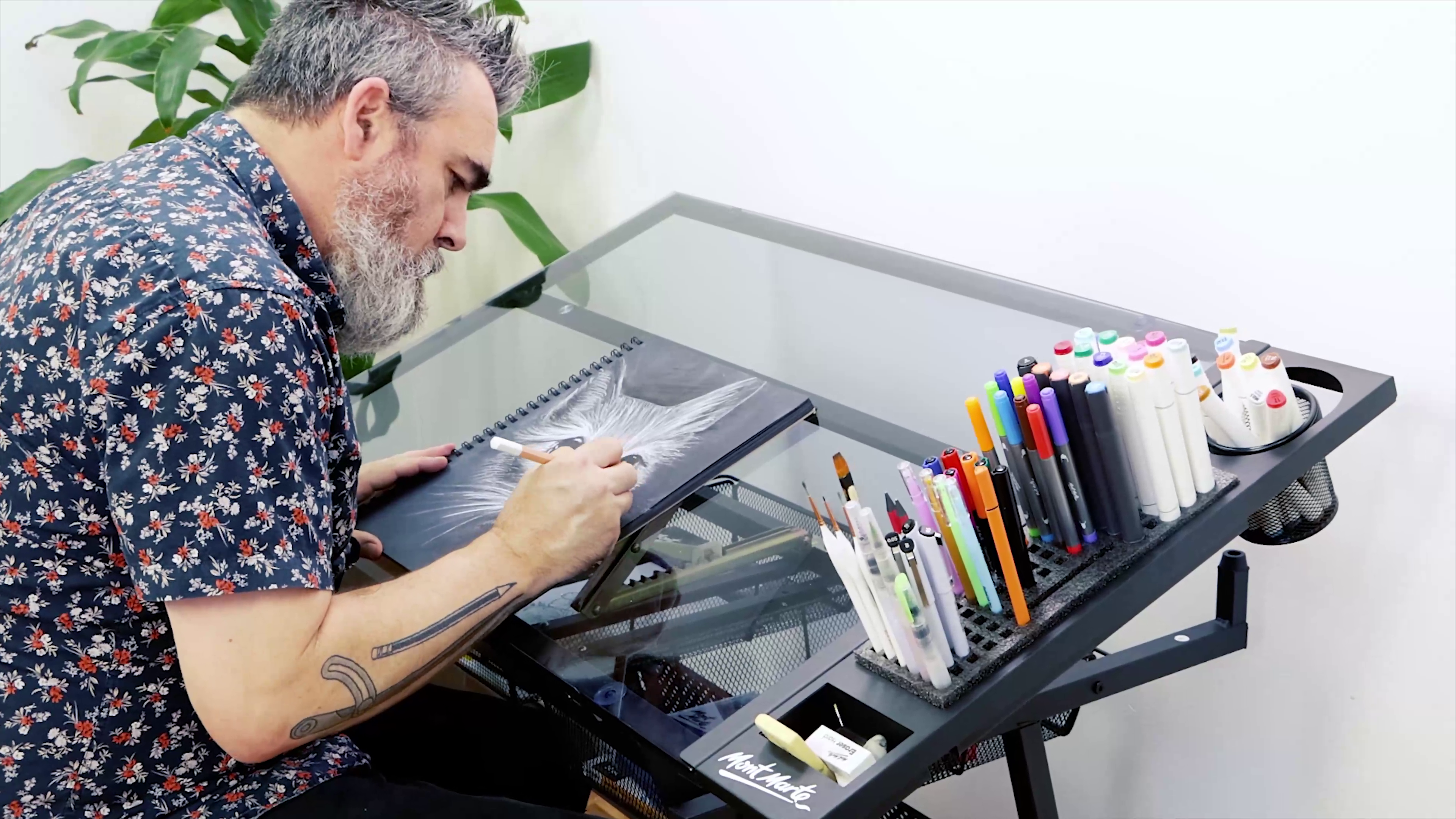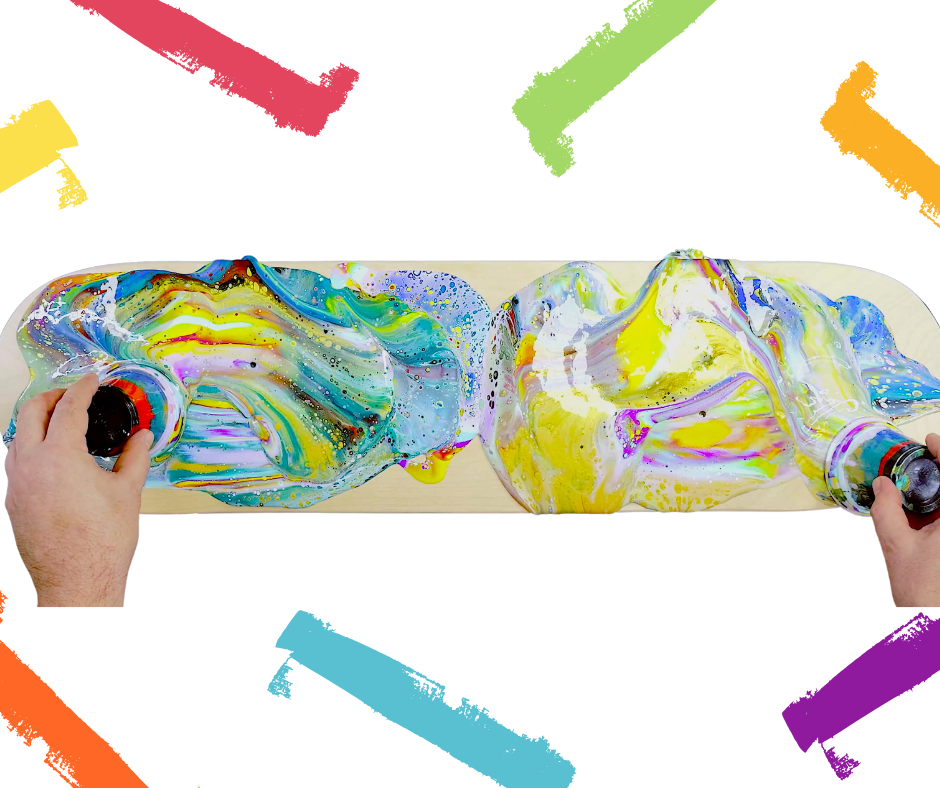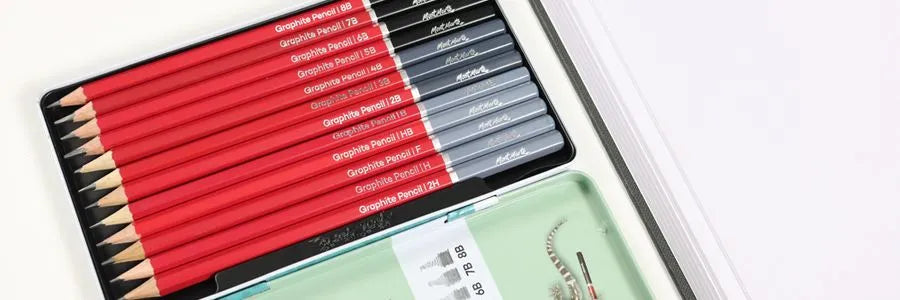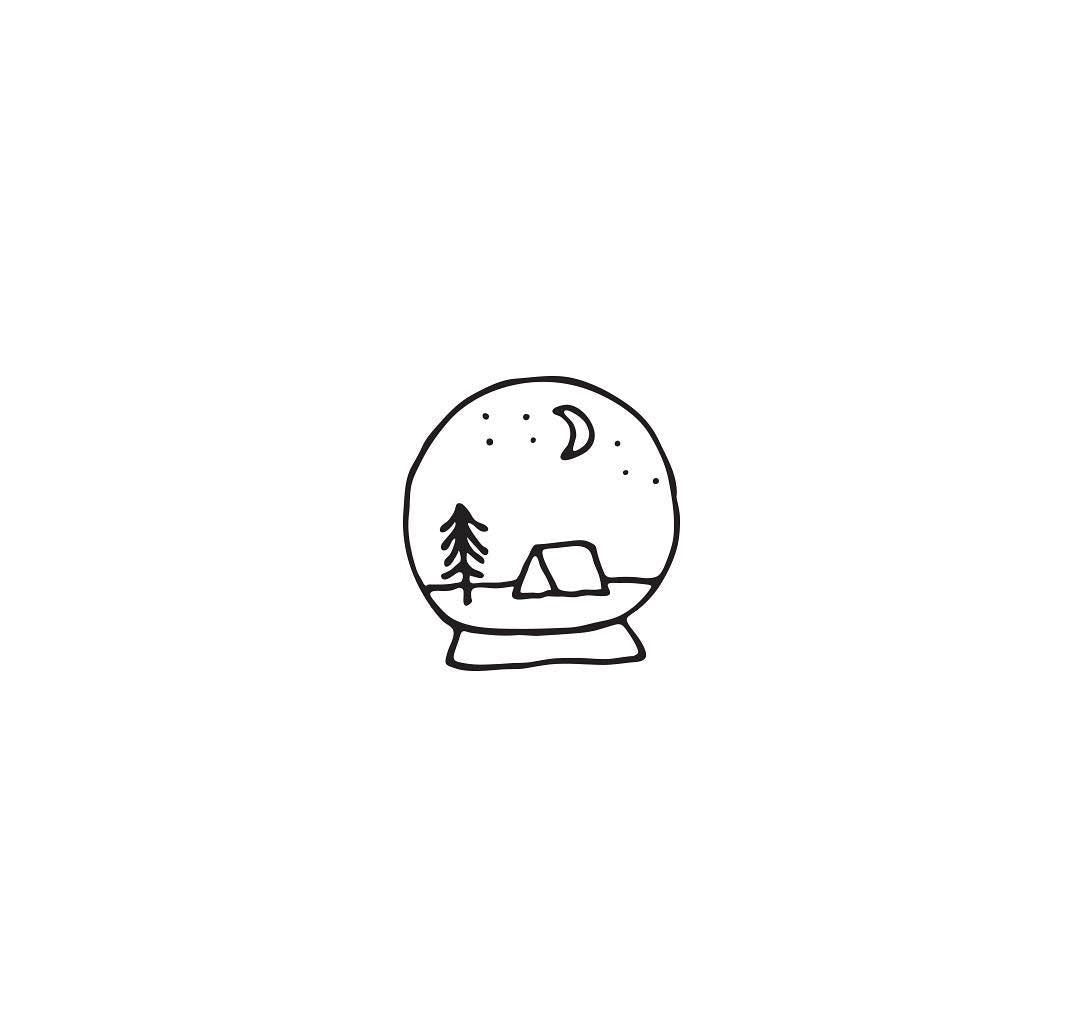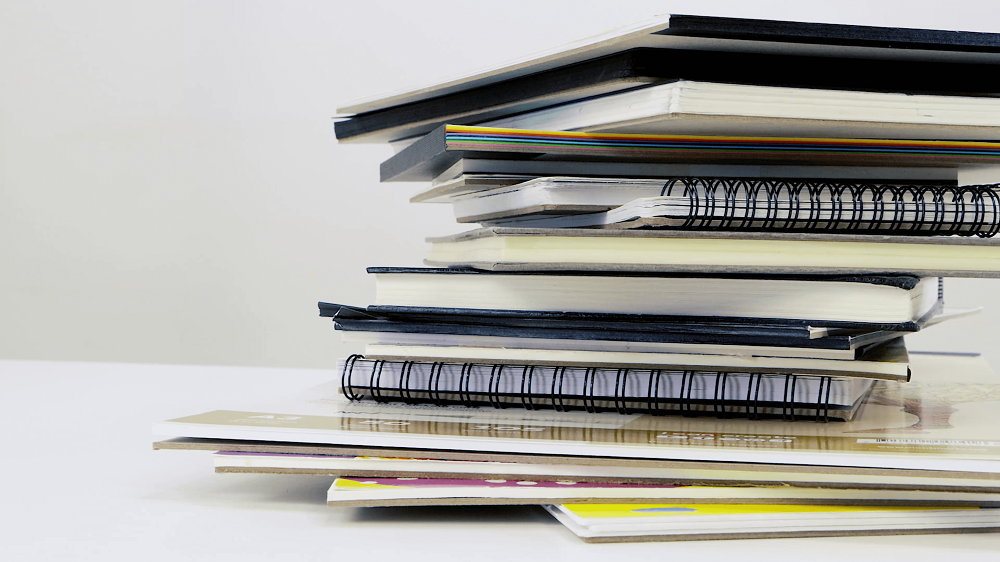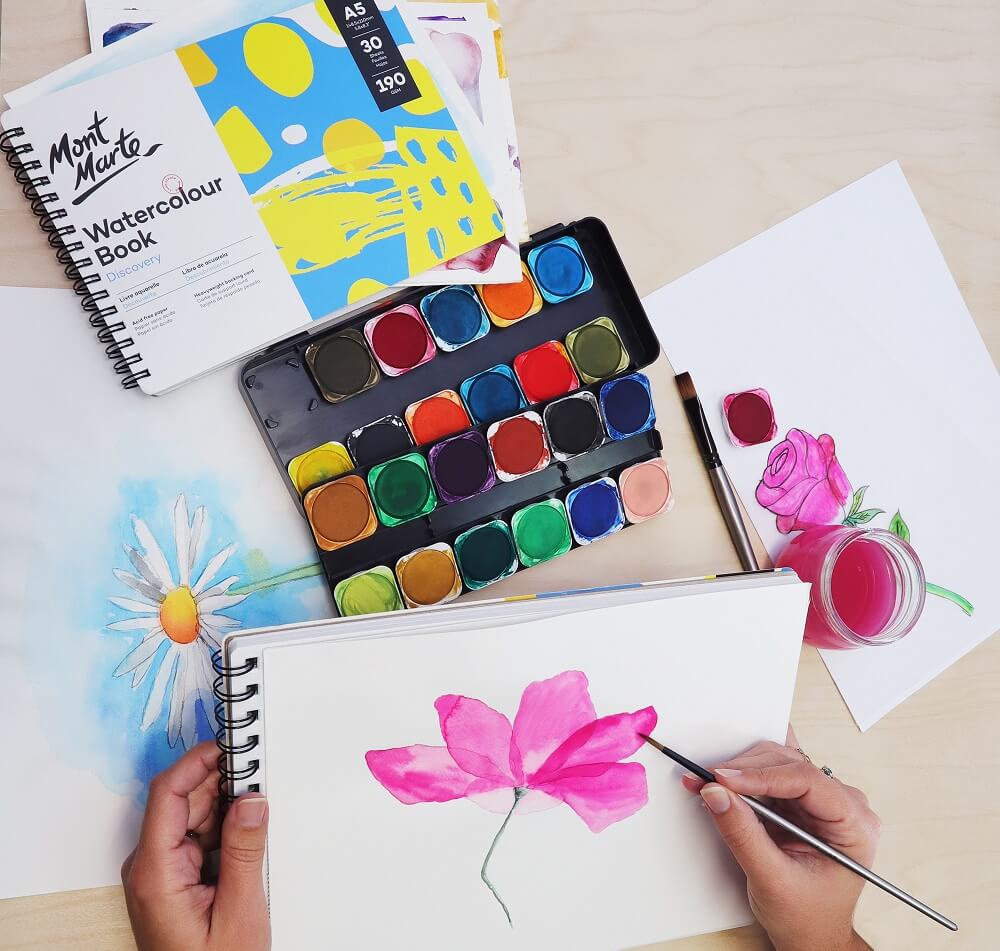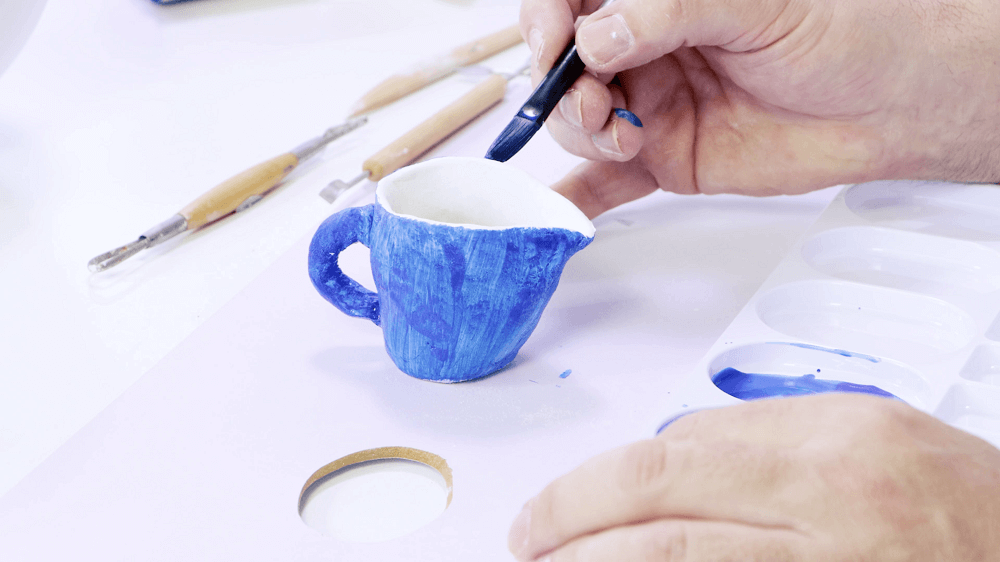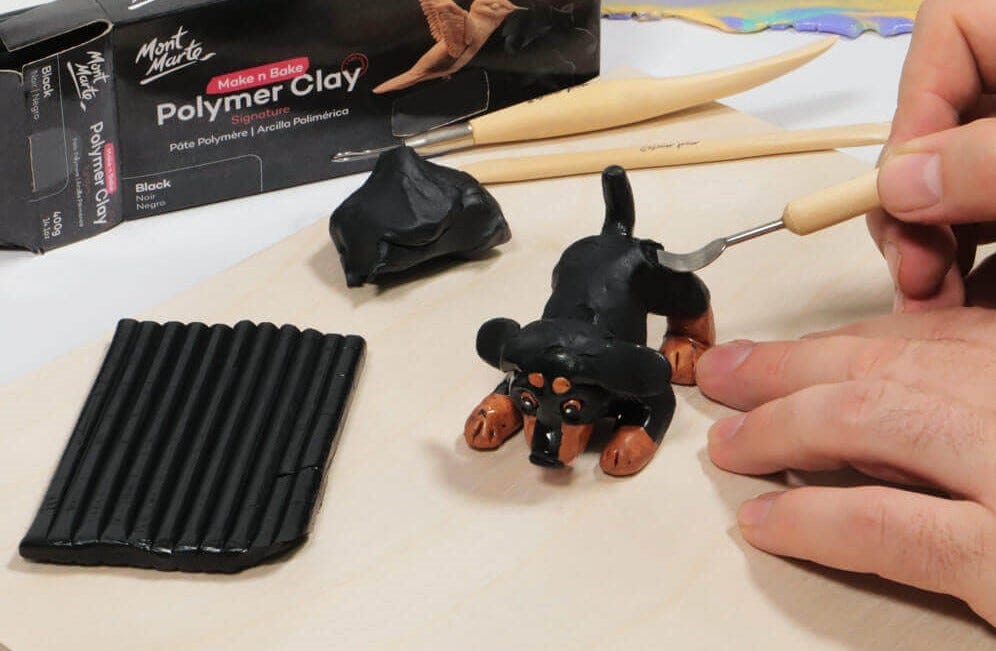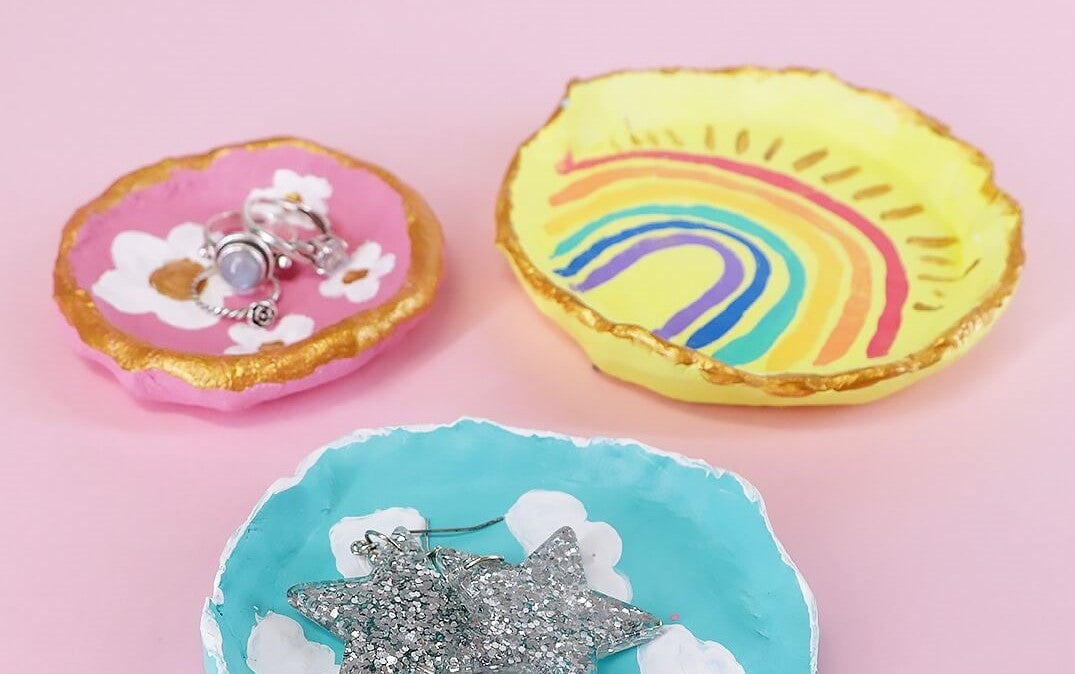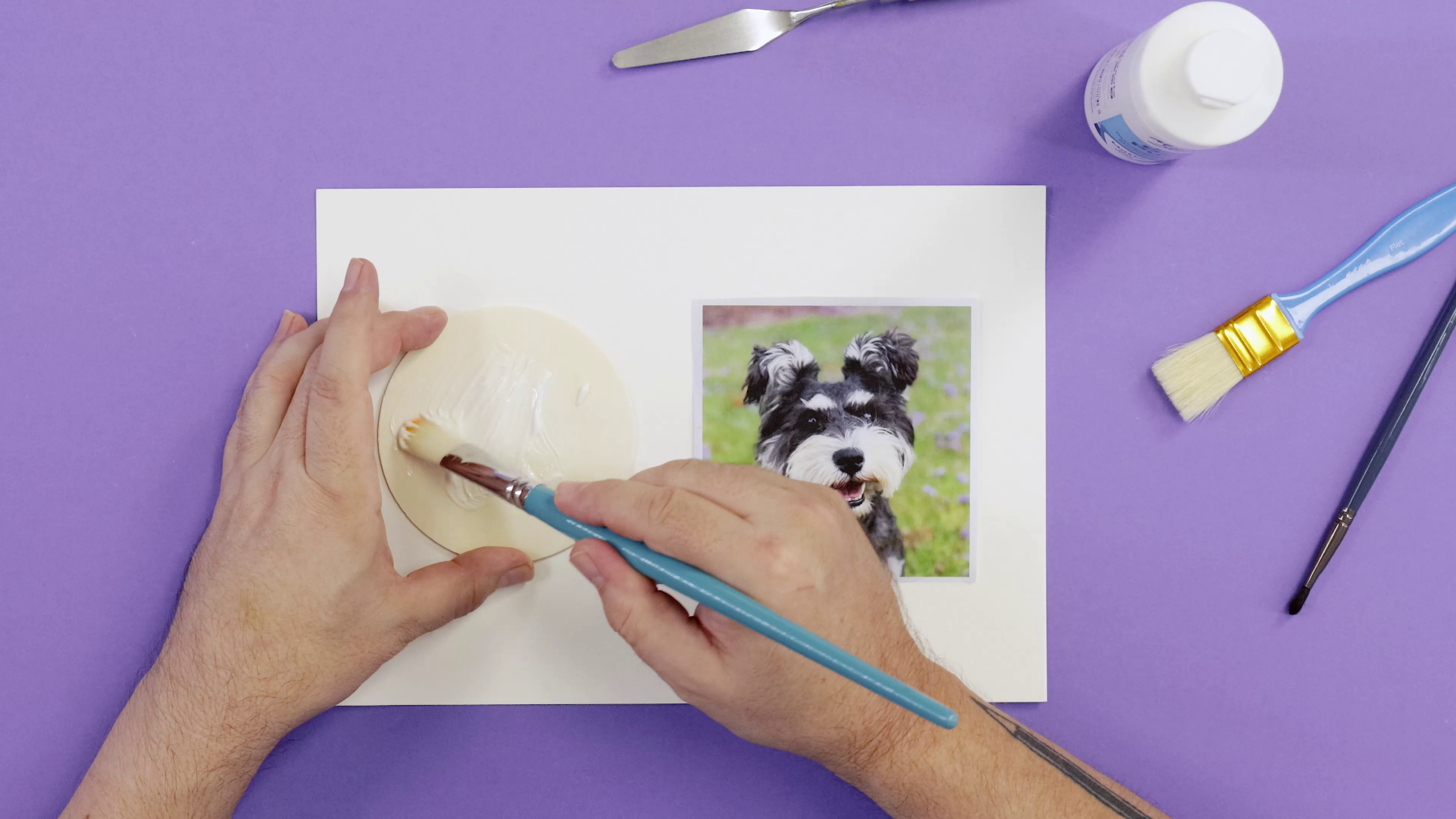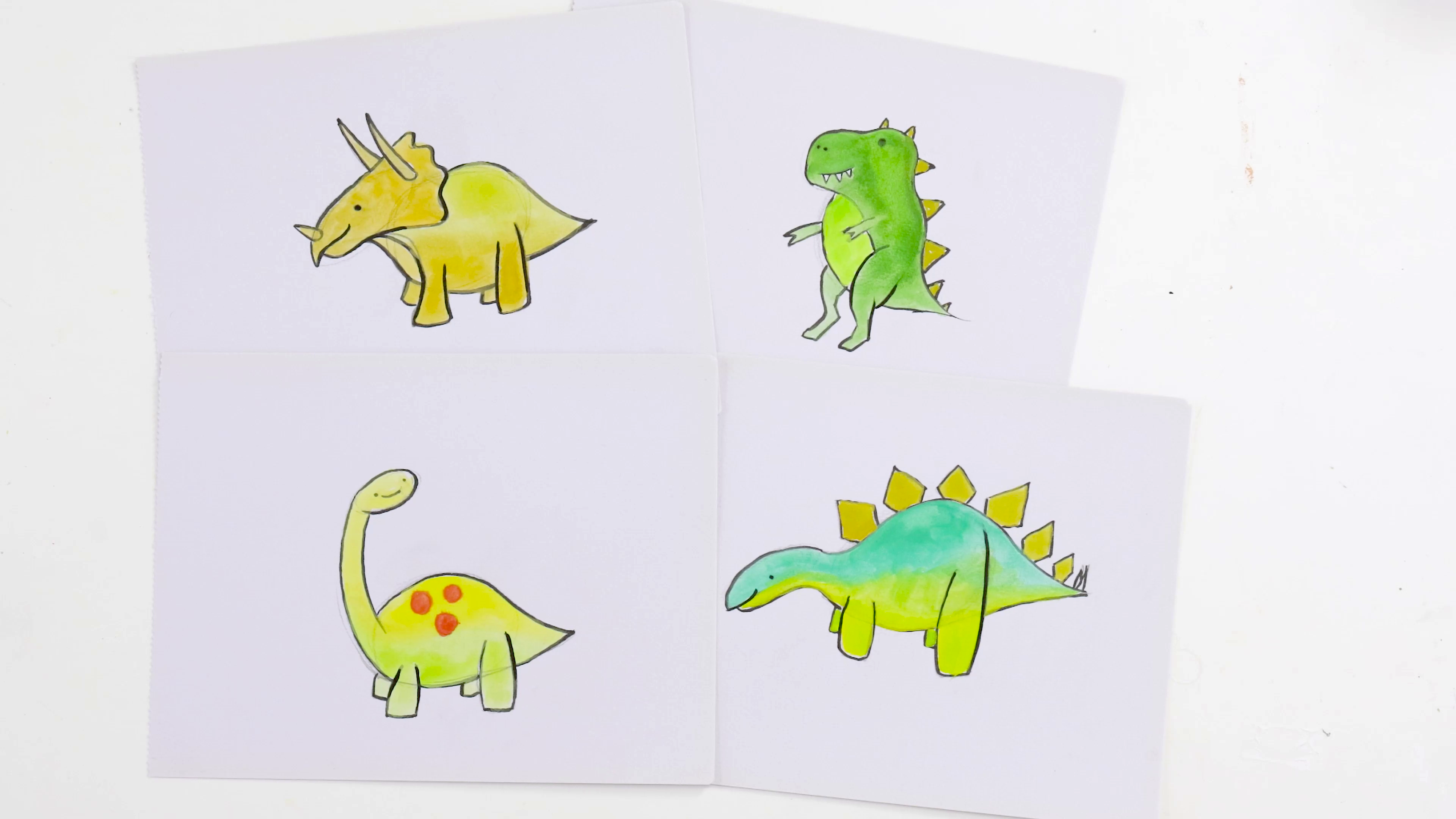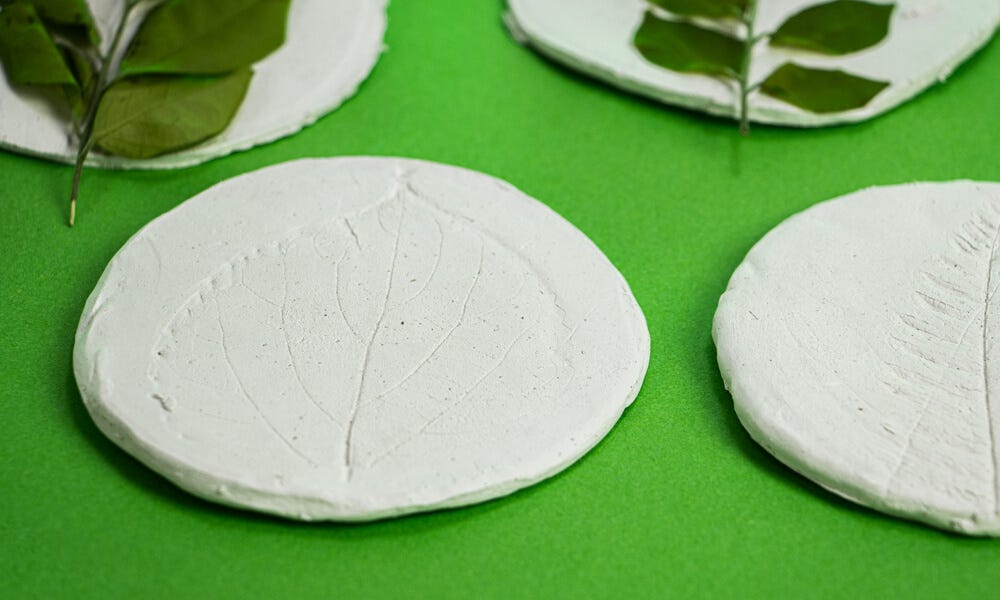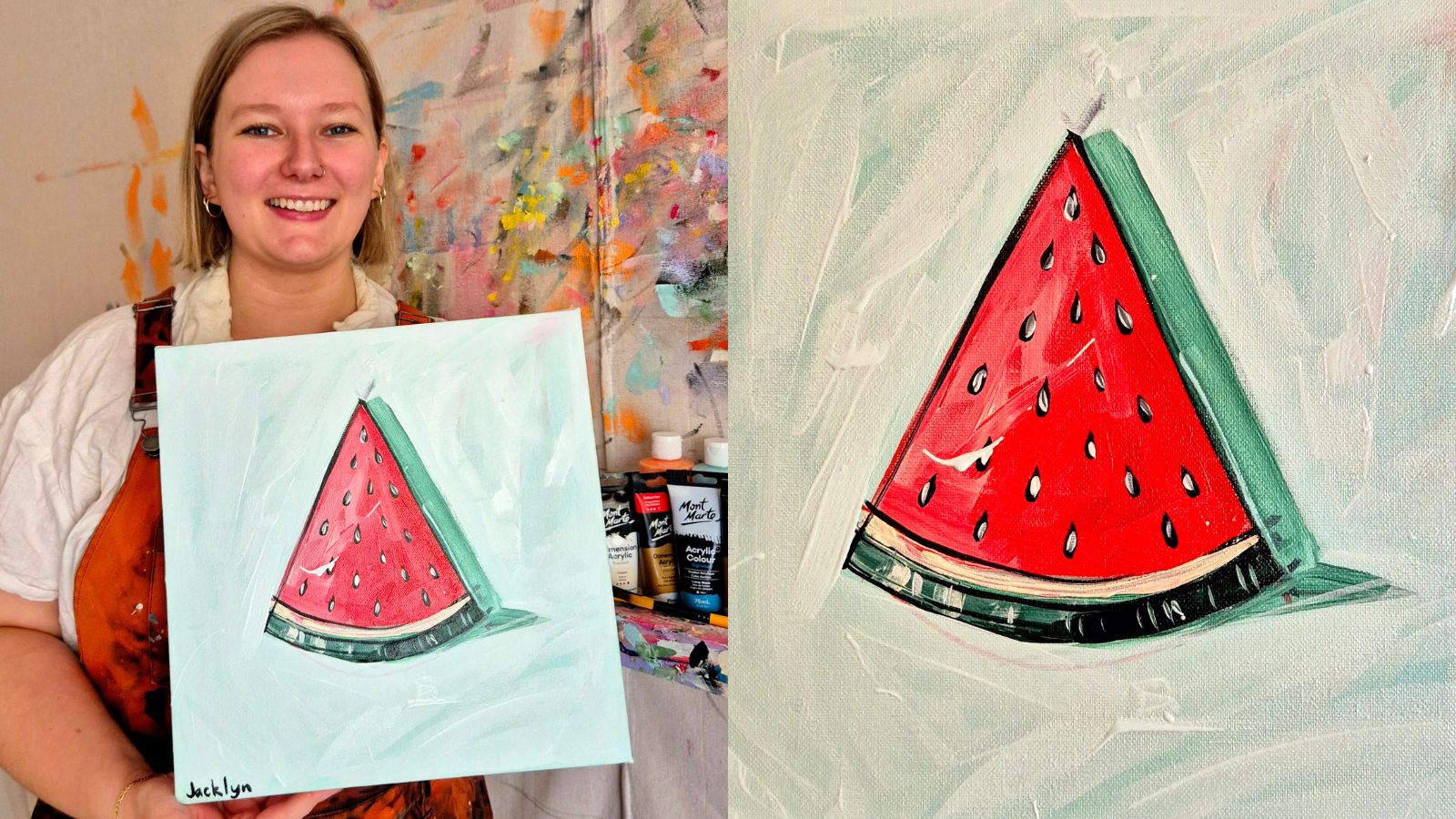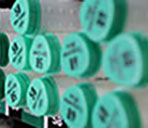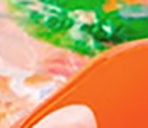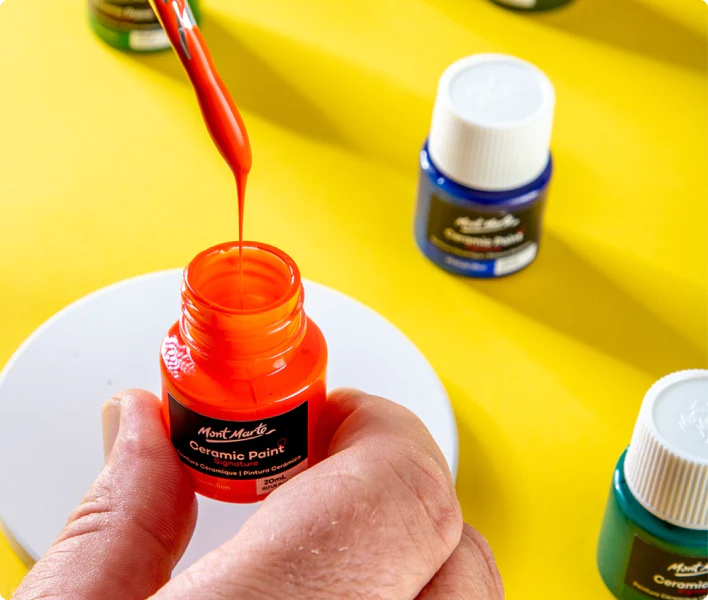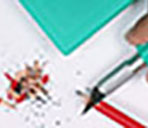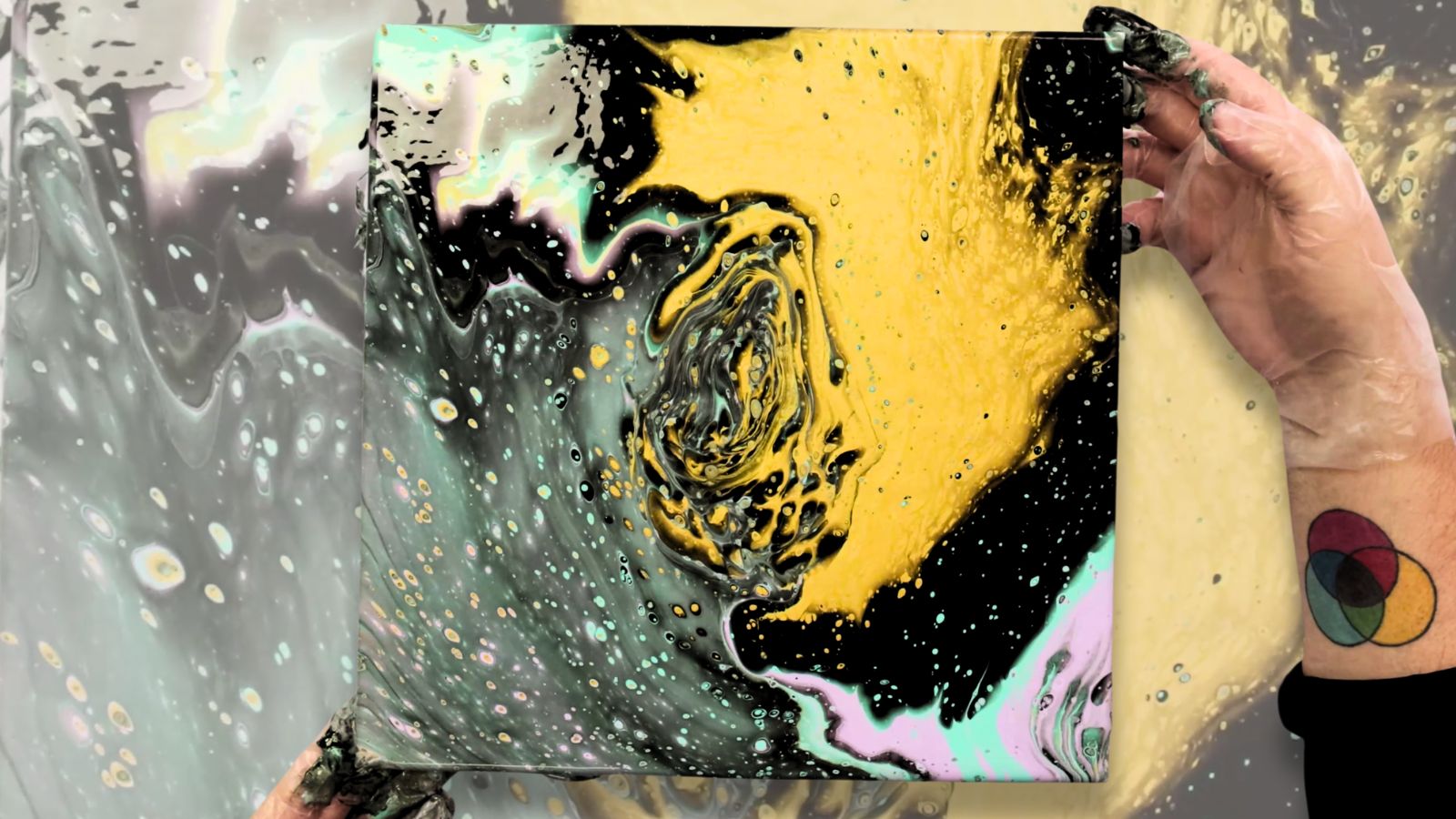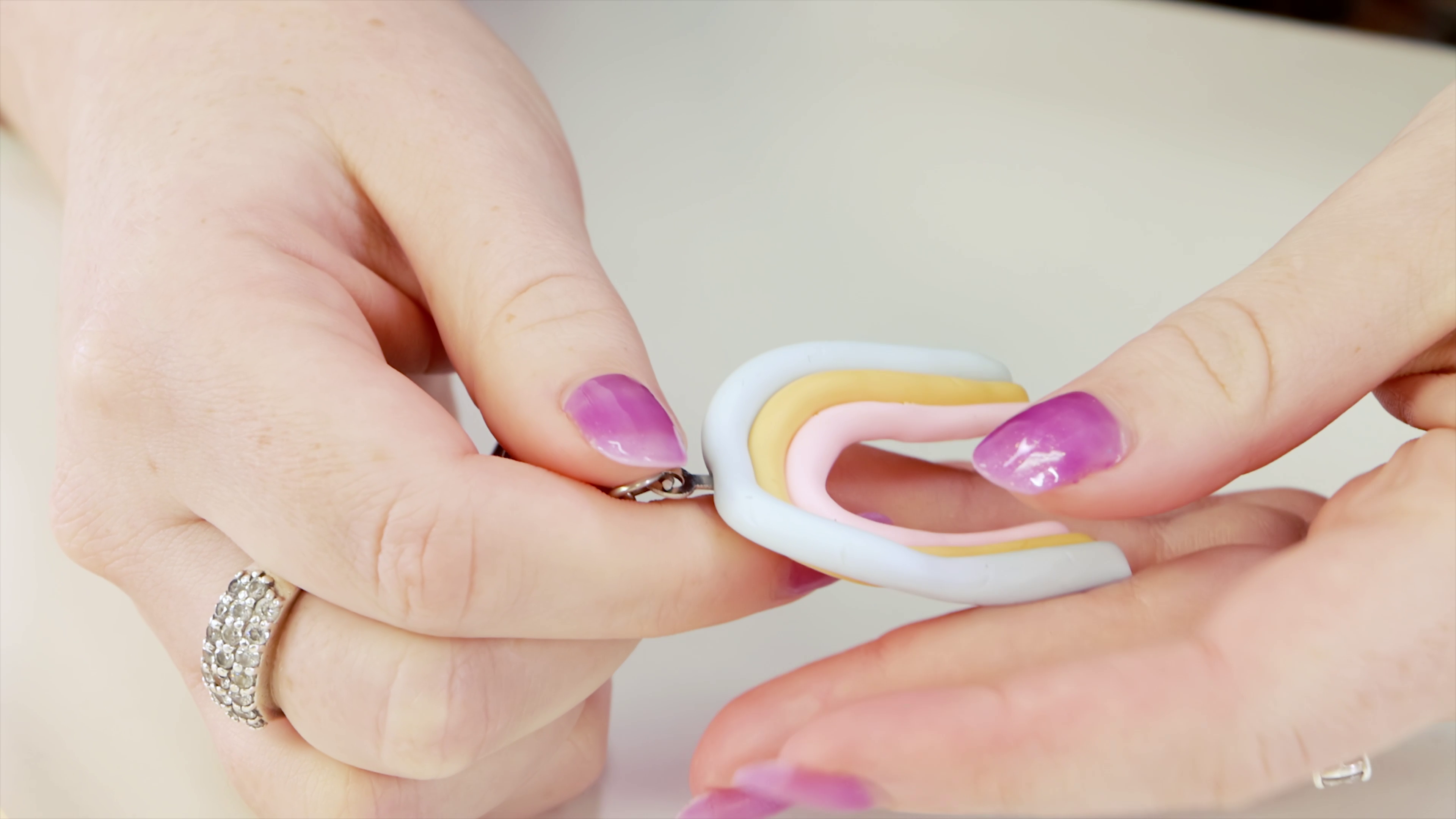Watercolour is one of our favourite paints to work with. Sure, it can be tricky at the beginning, but it's also a lot of fun to explore and play around with along the way. You'll find yourself discovering new techniques, creating unexpected effects and learning more and more as you dive into this incredible medium. To help you get started, we've put together some of our top watercolour painting tips for beginners. It doesn't matter where you are at in your artistic adventure, watercolour can be used by artists of all skill levels. So, let's create!
1. Prepare Your Paints with Water

Liquid Watercolour Paints
Watercolour paints from tubes generally have the texture of butter and need to be mixed with water. Using them is as simple as squeezing your colours onto a plastic palette and using your brush to add small amounts of water to each one until they reach the desired consistency.
Watercolour Pan/Cake Sets
Watercolour pan and cake sets come with small circular or rectangular trays filled with solid blocks of dry paint. If you’ve decided to use one of these sets, you will need to put a large drop of water into each pan with a paint brush. This will help soften the paints and make them ready for painting. Remember, the more water you use the less saturated your colours will be.
2. Select Your Brushes Carefully

With so many brushes out there to choose from, it can be easy to get confused at the beginning. Before you go all out, we’d recommend starting with a small number of brushes and adding more to your collection as you build your skills. Our suggested brushes for beginners and general use are:
1) A large, flat 50mm taklon brush for paper wetting and washes.
2) A medium traditional squirrel hair mop brush for blocking in larger areas.
3) A medium round taklon brush for general coverage.
4) A fine round taklon or sable brush for fine detail work.
3. Start with the Right Paper
Before you put brush to paper, make sure you’ve picked the right surface. Watercolour paper comes in a range of weights – the higher the number, the heavier and thicker the paper. If you think you’re going to splash a bit of water around, we’d recommend using a higher weight (such as 300gsm).
4. Be Smart About Your Set Up
Watercolour paint dries very quickly, so you’ll need to have all your tools and materials in easy reach. Before you start painting, get your brushes, paint, palette, water, paper towels and test paper organised around you.
5. Draw Lightly
 Most watercolour paintings start with a sketch. For some projects you might want your line work to show through your paints, while other times you might want these lines to disappear. If you’re only using your sketch as a guideline, draw as lightly as you can so that it doesn’t show through your watercolour paints.
Most watercolour paintings start with a sketch. For some projects you might want your line work to show through your paints, while other times you might want these lines to disappear. If you’re only using your sketch as a guideline, draw as lightly as you can so that it doesn’t show through your watercolour paints.
6. Avoid Erasing Too Heavily
When you’re sketching your painting plan, it’s almost guaranteed you’ll need to erase mistakes. So when you erase, try to avoid rubbing too heavily because this can remove the paper coating. You might not know it, but it’s actually the paper coating which helps prevent warping.
7. Test as You Go
To get your colours right, put a piece of scrap paper next to you to test your colours before applying them to your artwork. You can’t always blot all colours cleanly from your paper, so it’s always better to test them first.
8. Mix More Paint than You Need
Mixing more paint than you need might sound a bit strange but is generally a good rule to apply to any kind of painting. This simple tip can save you a lot of frustration later when you realise you’ve run out of a particular colour (we’ve all been there). If you don’t mix enough paint, it can be hard to recreate the exact colour, and, by the time you do, your painting might be dry, making smooth transitions more difficult.
9. Work Light to Dark

One of the most basic rules for watercolour is to always start with lighter tones before moving to darker tones. Watercolour paints are semi-transparent, so the lighter tones need the white paper for their vibrancy.
10. Everyone Makes Mistakes So Have Fun
Watercolour paint sometimes seems like it has a mind of its own as it spreads and flows on your page. The paint can run to places it’s not supposed to and the colours can mix together to create unexpected effects! But, hey, this isn’t failure. It’s actually often referred to by watercolourists as happy mistakes. The more you paint with watercolour the more you’ll learn, but make sure you have fun with it in the along the way.
There’s no better time than the present to try something new. For more tips and ideas, watch our watercolour mountain tutorial for beginners. We hope you enjoy playing around with watercolour paints as much as we do.
If you’d like to share your paintings with us, tag @montmarteart or #montmarteart on social media. We’d love to see your creations!


